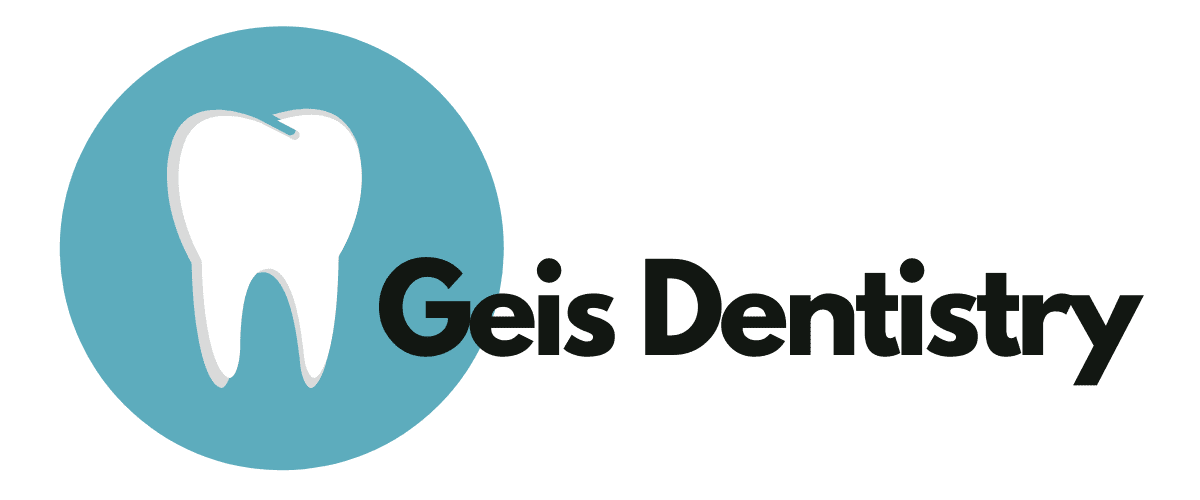Have you ever wondered how the practice of dental cleanings originated? Tracing back through history, dental cleanings have evolved from rudimentary methods to the advanced techniques we see today. This journey reflects humanity’s enduring quest for oral health and hygiene.
Ancient Civilizations’ Dental Hygiene Practices
The concept of dental cleanings is not a modern invention; it has roots that stretch back to ancient civilizations. Historical records and archaeological findings have shown that societies such as the Egyptians, Greeks, and Romans had their own methods for maintaining oral hygiene. These practices, although primitive compared to today’s standards, underscore the universal recognition of the importance of dental care. From using chew sticks made from twigs to create a brush-like effect, to employing rough cloths for rubbing the teeth, these early attempts at dental cleanings reveal a long-standing awareness of the need to keep the mouth clean for overall health.
Understanding the evolution of dental hygiene practices offers valuable insights into how far dental care has come. It also highlights the continuous importance of regular dental check-ups in maintaining oral health. In this context, knowing the Optimal Dental Exam Schedule for Healthy Smiles can be seen as a modern continuation of ancient efforts to prevent dental diseases and ensure the well-being of individuals. As we delve deeper into the history of dental cleanings, we appreciate more the advancements that have made contemporary dental care effective and accessible to all.
Evolution of Dental Cleaning Tools
The journey of dental cleaning tools through the ages is a fascinating testament to human ingenuity and the ever-evolving understanding of oral health. Initially, ancient civilizations utilized rudimentary tools made from sticks, feathers, and even animal bones to remove debris and plaque from their teeth. These early dental instruments were crude but marked the beginning of dental care. As time progressed, the development of dental tools took a significant leap forward during the Middle Ages and Renaissance periods. Metal tools resembling modern-day scrapers and picks were introduced, allowing for more effective removal of tartar and plaque. This period also saw the advent of the first toothbrushes, crafted from boar bristles attached to bone or wooden handles, laying the groundwork for contemporary dental cleaning practices.
In the centuries that followed, dental technology continued to advance rapidly. The 19th and 20th centuries, in particular, witnessed remarkable innovations, including the introduction of electric toothbrushes and ultrasonic scaling devices. These tools have revolutionized dental cleanings, making them more efficient and comfortable for patients. Today, dental professionals have access to a wide array of sophisticated instruments designed to provide thorough cleanings while preserving tooth structure and promoting oral health. The evolution of dental cleaning tools reflects the ongoing commitment to improving dental care and highlights the importance of regular professional cleanings in maintaining oral health. Book Your Aurora Dental Exam Today.
The Role of Barbers in Dentistry
In the rich tapestry of dental history, the role of barbers is a fascinating chapter that sheds light on the evolution of dental cleanings and care. Centuries ago, barbers did much more than just cut hair; they were also entrusted with various medical procedures, including tooth extractions and basic oral hygiene services. This historical intertwining of barbering and dentistry highlights the multifaceted nature of healthcare practices in the past. As we trace the roots of dental cleanings, understanding the contribution of barbers provides valuable insights into how dental care practices have evolved over time to become the specialized field it is today.
Introduction of Professional Dental Cleanings
The concept of professional dental cleanings has a rich history that dates back centuries, evolving significantly over time to become a cornerstone of modern dental care. Initially, these cleanings were rudimentary, focusing on the removal of visible debris and tartar to prevent oral diseases. However, as our understanding of dental health and technology advanced, so did the techniques and tools used in professional cleanings. Today, these sessions are integral to maintaining oral health, involving a thorough cleaning that goes beyond what can be achieved at home. They play a crucial role in not only keeping our teeth and gums healthy but also in identifying potential issues early on. For those seeking exceptional dental care, Geis Dentistry stands out as a leading Aurora Dentist, committed to providing top-notch services in a welcoming environment.
Modern Advances in Dental Hygiene Techniques
The evolution of dental hygiene practices has been remarkable, transitioning from rudimentary methods to sophisticated techniques that prioritize patient comfort and effectiveness. Modern advances in dental hygiene have leveraged cutting-edge technology and scientific research to enhance the precision and efficiency of dental cleanings. These innovations have significantly improved the ability of dental professionals to manage plaque, tartar, and bacteria, reducing the risk of dental diseases and promoting overall oral health. The integration of these advanced techniques into routine dental care has transformed the experience of dental cleanings, making them more thorough and less invasive than ever before.
Conclusion
To continue exploring the fascinating journey of dental cleanings, read reviews on Google Maps or call us at 303-750-4250.
